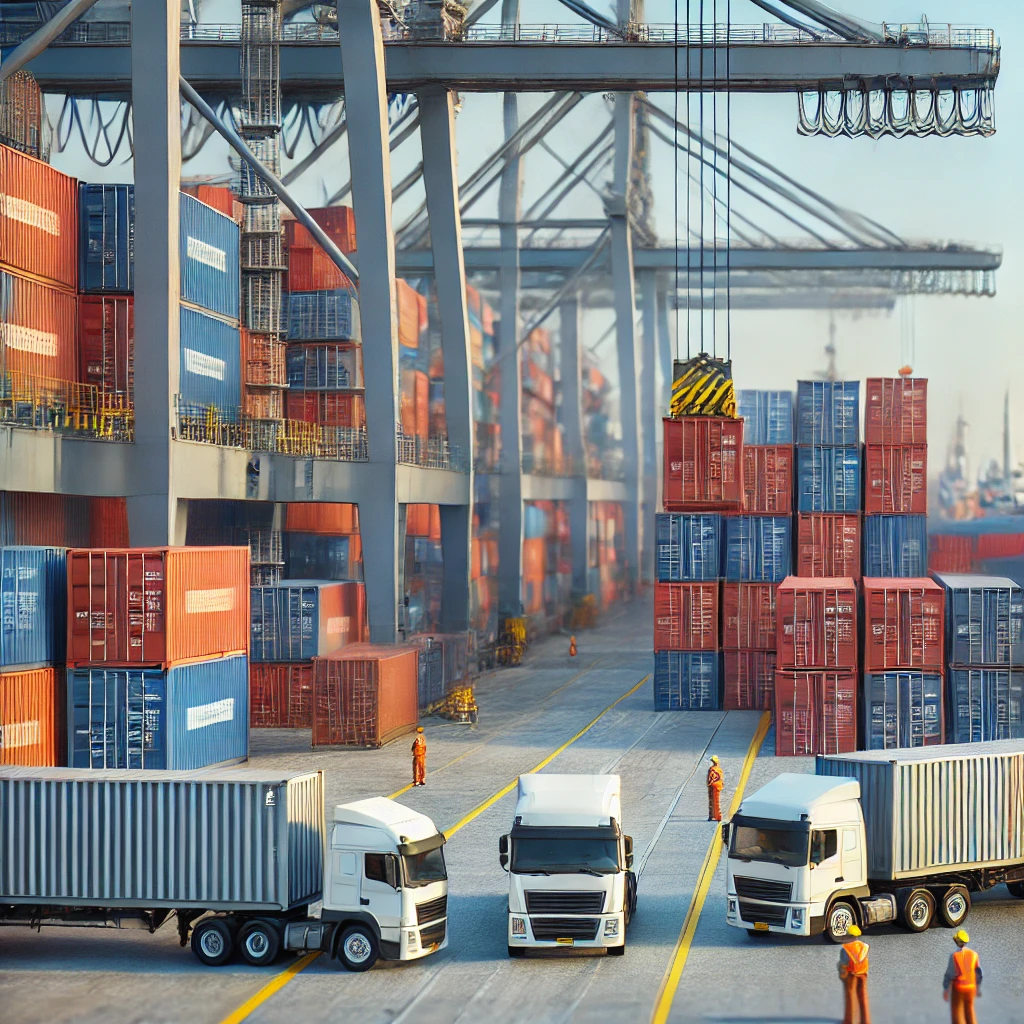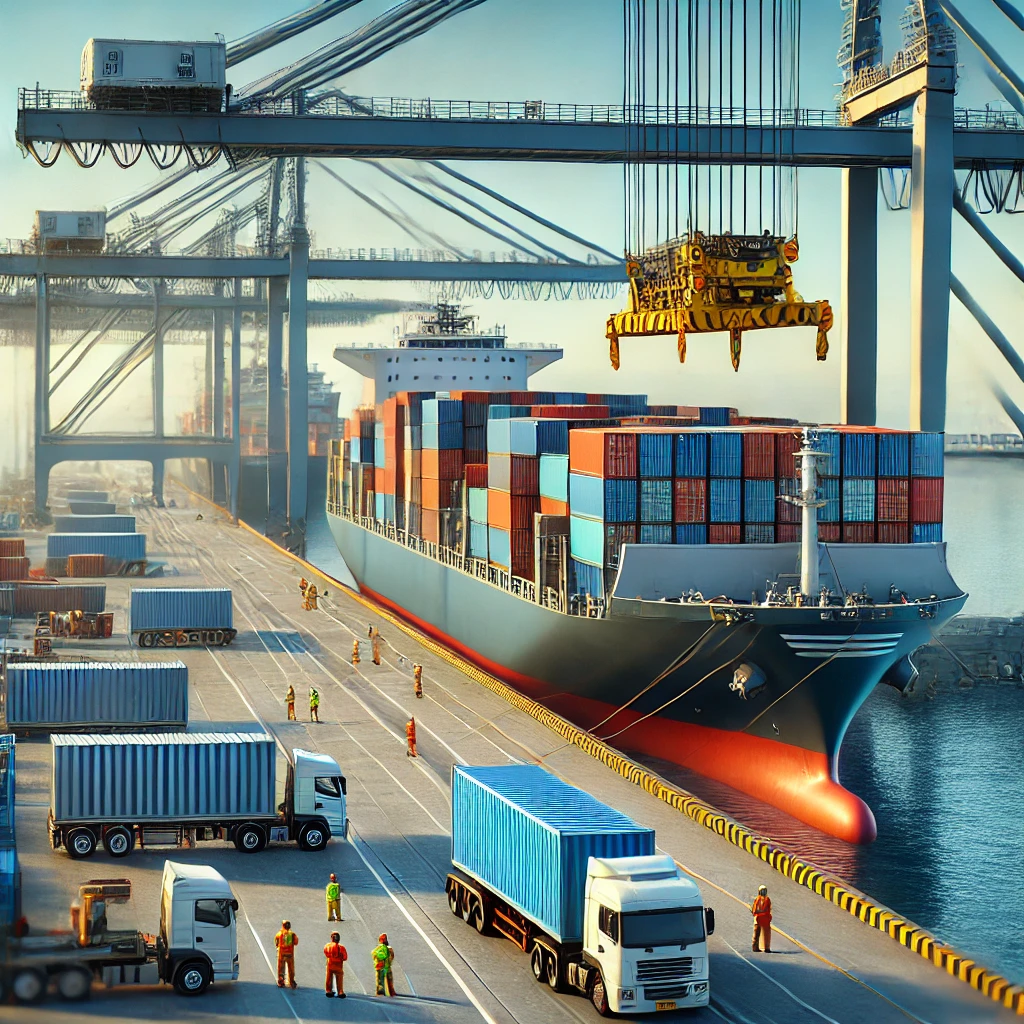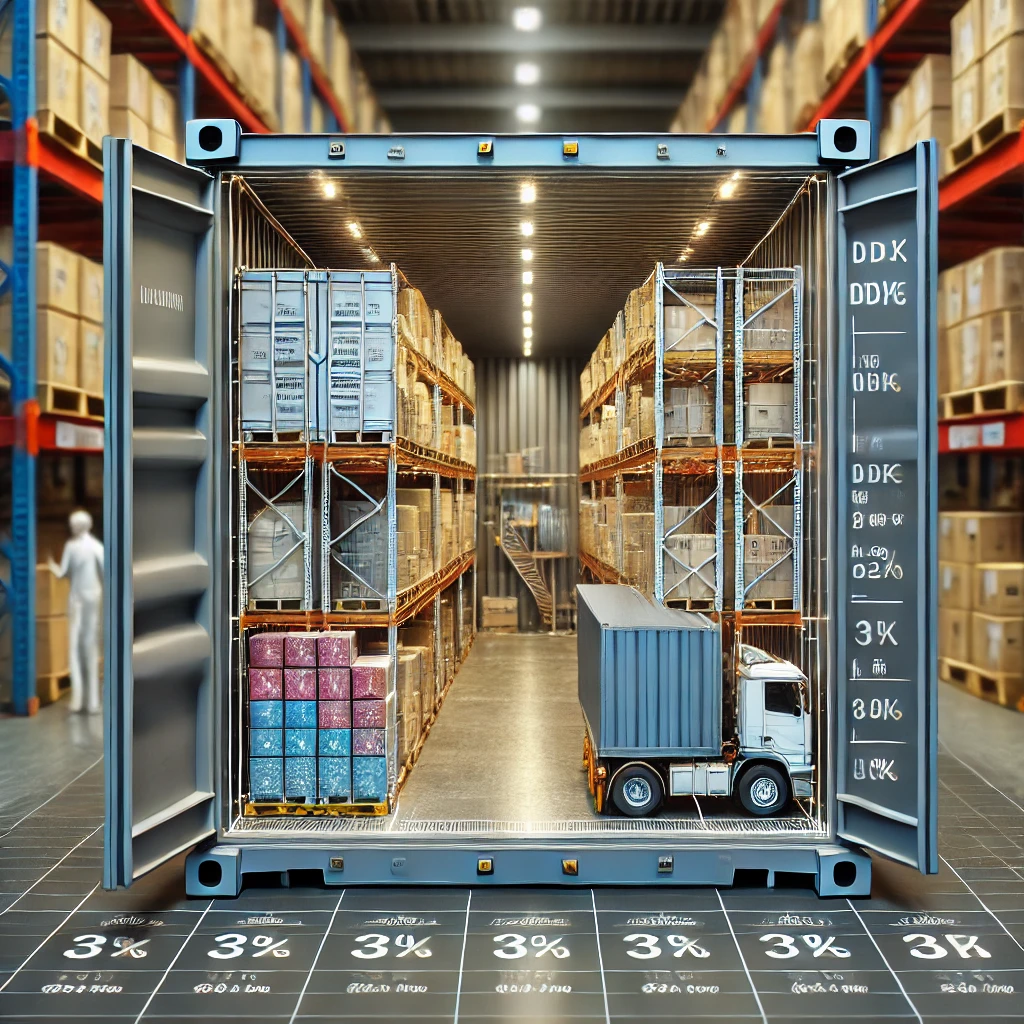Key Insights on Average Container
This guide explores the dimensions, capacities, common uses, and industry relevance of an average container in shipping and logistics. 🚢📦

📐 What Is an Average Container?
The term “average container” typically refers to the most commonly used shipping container size in global trade. While there are various container types, the 20-foot and 40-foot containers are considered the industry standard.
Container Type | External Dimensions (L x W x H) | Internal Dimensions (L x W x H) |
Standard 20 ft | 20 ft x 8 ft x 8 ft 6 in (6.06 m x 2.44 m x 2.59 m) | 19 ft 4 in x 7 ft 8 in x 7 ft 10 in (5.89 m x 2.33 m x 2.38 m) |
Standard 40 ft | 40 ft x 8 ft x 8 ft 6 in (12.19 m x 2.44 m x 2.59 m) | 39 ft 6 in x 7 ft 8 in x 7 ft 10 in (12.03 m x 2.33 m x 2.38 m) |
🔹 20 ft containers are ideal for smaller shipments, storage, and domestic transport. 🔹 40 ft containers offer double the space and are commonly used for international freight.
These standard sizes ensure compatibility with cargo ships, trucks, and rail transport systems worldwide. 🌍🚛

📦 Cargo Capacity & Weight Limits
The capacity of an average shipping container depends on its size and type. Here’s a look at the typical volume and weight limits:
Container Type | Internal Volume | Max Payload Capacity |
Standard 20 ft | 33.2 cubic meters | 28,200 kg (62,170 lbs) |
Standard 40 ft | 67.7 cubic meters | 28,800 kg (63,493 lbs) |
40 ft High Cube | 76.4 cubic meters | 28,600 kg (63,052 lbs) |
🔹 High Cube containers provide extra vertical space, ideal for bulky cargo. 🔹 Standard 40 ft containers offer double the volume of a 20 ft unit but maintain a similar weight limit due to road and maritime regulations.
For businesses shipping high-volume or lightweight bulk cargo, understanding these capacities is crucial for cost-effective logistics planning. ⚖️🚢
🚛 Practical Uses of an Average Container
The average shipping container is widely used across multiple industries for:
✅ International Shipping – Transporting goods by sea, rail, and road.
✅ Warehousing & Storage – Providing secure, weatherproof storage solutions.
✅ Construction & Modular Housing – Repurposed as portable offices, housing units, and retail spaces.
✅ E-commerce & Retail Logistics – Storing and shipping bulk inventory efficiently.
✅ Agriculture & Industrial Use – Ideal for machinery, equipment, and raw materials.
Its versatility and durability make the shipping container an essential component of global logistics. 📦🌍

⚖️ Comparing 20 ft vs. 40 ft Containers
When selecting the right container, businesses often compare the two most common sizes. Here’s how they stack up:
Container Type | Internal Volume | Max Payload | Best For |
20 ft Standard | 33.2 m³ | 28,200 kg | Small shipments, storage |
40 ft Standard | 67.7 m³ | 28,800 kg | Large-volume shipments |
40 ft High Cube | 76.4 m³ | 28,600 kg | Bulky, lightweight goods |
🔹 20 ft containers are cost-effective for smaller loads and easier to handle. 🔹 40 ft containers provide better space utilization for larger shipments.
For businesses shipping large quantities of goods, 40 ft containers offer more capacity at a lower cost per cubic meter. 📊🚛
🚀 Future Trends in Container Usage
With advancements in logistics and technology, shipping containers are evolving to meet modern trade demands. Key trends include:
📡 Smart Containers – Integrated with IoT sensors for real-time tracking and condition monitoring. 📊
🌱 Sustainable Containers – Development of eco-friendly containers using recyclable materials. 🌍
🏗️ Modular Applications – Increasing use in construction, emergency housing, and disaster relief. 🏠
🚢 Automated Freight Handling – Ports are implementing AI-driven stacking and loading systems. 🤖
These innovations are making containers more efficient, sustainable, and adaptable to modern logistics needs. 🔗🚛

✅ Conclusion
The average shipping container plays a critical role in global logistics, offering standardized dimensions, high capacity, and multiple applications. Whether used for shipping, storage, or modular construction, its design ensures efficiency and durability.
Understanding container sizes, capacities, and best uses allows businesses to optimize shipping costs, improve cargo planning, and enhance supply chain efficiency. 🚢📦✅
By leveraging the right container for specific needs, companies can streamline logistics operations, reduce transportation costs, and improve global trade efficiency. 🌍💡
